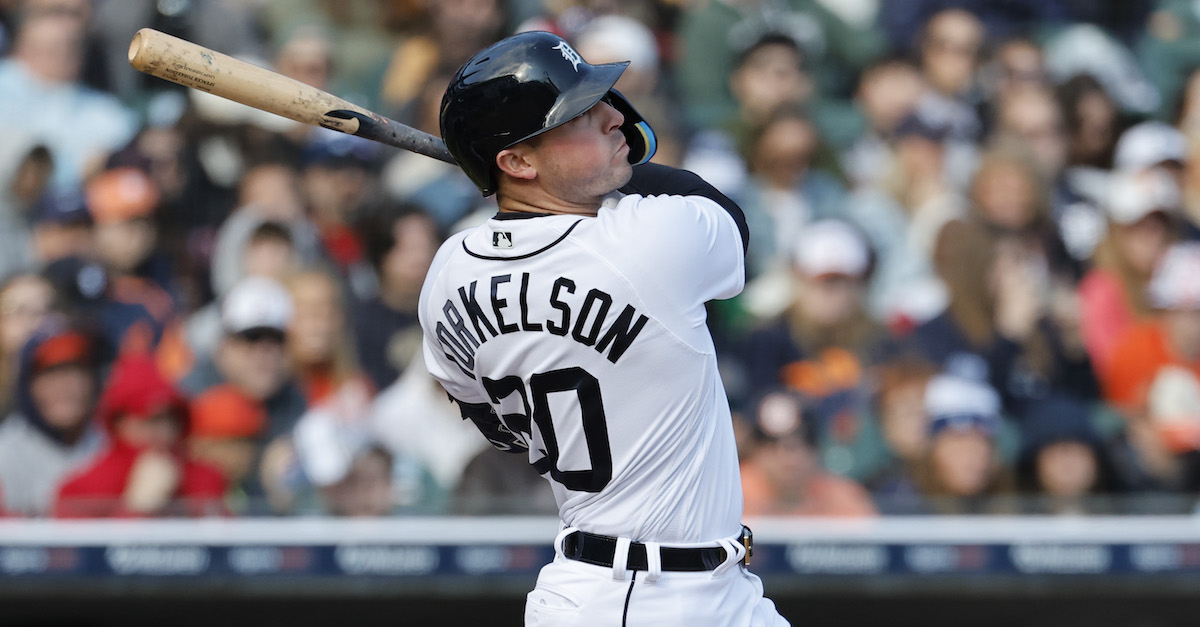Paul Goldschmidt Talks Hitting

Paul Goldschmidt has been one of baseball’s best players for over a decade. Seemingly Hall of Fame-bound, the 35-year-old St. Louis Cardinals first baseman boasts a career 145 wRC+ to go with a .296/.391/.527 slash line, 322 home runs, and 55.9 WAR. A seven-time All-Star and four-time Gold Glove winner, he’s been awarded five Silver Sluggers and is coming off a season where he was voted National League MVP.
He’s been as good as ever in the current campaign. Over 186 plate appearances, Goldschmidt is slashing .319/.403/.546 with seven home runs and a 163 wRC+. With the Arizona Diamondbacks from 2011-2018, he came to St. Louis prior to the 2019 season in exchange for Carson Kelly, Luke Weaver, Andrew Young, and a competitive balance pick.
Goldschmidt sat down to talk hitting when the Cardinals visited Fenway this past weekend.
———
David Laurila: Some guys are big into hitting analytics, while others like to keep things as simple as possible. Where do you fit in?
Paul Goldschmidt: “Somewhere in the middle? I mean, you’ve got to know your swing and you’ve got to know the pitchers, but once you get in the box, you’ve got to see the ball and react. So for me it’s kind of finding that happy medium.
“I’m also always changing. I’m always adapting. I’m always trying to learn and get better. I don’t think there’s any time that you quite figure it out, you’re always trying to find whatever it takes to perform.”
Laurila: In which ways do you utilize hitting analytics?
Goldschmidt: “The biggest thing for me is finding the why. Analytics are very good at telling you what is happening, but they don’t necessarily give you the answer to why something is happening, whether that’s fly ball rate, groundball rate, hard-hit ball rate, strike zone judgment — all those things. It’s good to identify things you’re doing well, or not doing well, but the real challenge in this game is the why. With that, you can make adjustments and hopefully perform to the best of your ability.”
Laurila: What tends to be the issue when you’re not going well? Read the rest of this entry »








